Mastering the ISLPR Listening Test is about more than just having keen ears—it also requires agile, organised notetaking. During the ISLPR Listening Test, you’ll listen to a variety of audio prompts; it may be a monologue, a dialogue, a lecture or lesson, teachers talking about their work or interviews.
You will be expected to capture key information in real time. Well-crafted notes help you retain main ideas, sequence details accurately and formulate concise responses under timed conditions. Below, we explore six proven note-taking techniques tailored for ISLPR listening tasks, together with practical advice and examples to sharpen your skills.
1. Understand the Listening Task and Anticipate Content
Before you begin jotting down information, take a moment to orient yourself to the section’s context. ISLPR listening prompts often fall into predictable categories including academic lectures, workplace conversations, instructional dialogues, children speaking or short interviews.
During the ISLPR Listening Test, the examiner will ask you a series of questions after the audio has played. At this moment, you should have written your notes from the audio. While listening, ask yourself:
- What is the speaker’s purpose? Are they describing a process, giving directions, presenting arguments or sharing opinions?
- What information will you need to answer the questions? Dates, figures, causes and effects, advantages and disadvantages, or personal viewpoints.
By anticipating content, you prime your mind to recognise signalling phrases such as “Firstly…”, “The main benefit is…”, “On the other hand…”, or “In conclusion…”. These cues become anchors in your notes and guide your focus to the most exam-relevant points.
2. Adopt a Structured Framework: The Modified Cornell Method
The Cornell method divides your page into three sections: a narrow left-hand “cue” column, a wider right-hand “note” column, and a summary area at the bottom. You can adapt this to the ISLPR Listening Test as follows:
- Cue Column (20% width): Reserve space for keywords, question numbers or symbols indicating question types (e.g., “Q1” for multiple-choice, “Q2” for fill-in-the-blank).
- Note Column (70% width): Capture full notes here—main ideas, supporting details, examples. Use short phrases, abbreviations and symbols rather than full sentences.
- Summary Area (10% height at bottom): After listening, write a one-or two-line summary of the entire prompt. This reinforces retention and aids rapid review before answering.
Example Layout (hand-drawn on exam booklet):
| Cue | Notes |
| Q1 | Uni lecture: mixed economy benefits |
| – Growth + stability | |
| – Gov’t spending → infrastructure | |
| – risk: inflation | |
| Q2 | Student interview: study tips |
| – Active recall | |
| – Spaced repetition | |
| – peer teaching | |
| Summary: Speaker 1 explains pros/cons economy; Speaker 2 shares study strategies. |
Structuring your page this way means you can instantly locate notes relevant to each question. The summary area cements the big picture in your mind.
3. Develop a Personal Shorthand and Symbol System
Time is of the essence during the ISLPR Listening Test. Writing full words is impractical, so cultivate a consistent system of abbreviations and symbols. Begin by listing the most common terms you encounter in practice tests and assigning each a short form. For example:
| Word/Phrase | Abbreviation/Symbol |
| Government | gov’t |
| Information | info |
| Increase/decrease | ↑ / ↓ |
| Because | bcos |
| For example | e.g. |
| Advantages/benefits | + |
| Disadvantages/risks | – |
| Question | Q |
| Lecture | LECT |
| Student | STU |
| Percentage (%) | % |
Use arrows (↑ , ↓ ), checkmarks (✔ ), crosses (✘ ), stars (★) and brackets to illustrate relationships or highlight importance. Develop symbols for “cause” (→), “result” (⇒) and “contrast” (≠). Over time, this shorthand becomes second nature, and you’ll be able to transcribe spoken ideas at native speed.
4. Embrace Visual Organisers: Mapping and Charting
Not all information is best captured linearly. When speakers compare items or list categories, visual organisers can be invaluable:
- T-Charts for pros and cons.
- Venn Diagrams for similarities and differences.
- Flowcharts to depict processes or sequences.
- Tables to record comparative data (e.g., costs vs. benefits, features of two products).
Example: Flowchart for a Cooking Demonstration Prompt
Speaker: “To bake the cake, first preheat the oven to 180°C. Next, cream the butter and sugar for 3 minutes. Then add eggs one at a time, followed by sifted flour. Finally, pour into a greased tin and bake for 25 minutes.”
Flowchart:
[Preheat oven 180°C] → [Cream butter + sugar (3min)] → [Add eggs] → [Add flour] → [Grease tin + pour batter] → [Bake 25min]
Visual organisers help you see relationships instantly and reduce cognitive load when answering questions.
5. Listen for Signalling Language and Emphasis
Speakers often use linguistic signals to flag important information. Developing an ear for these markers can guide where you focus your writing:
- Ordinals and sequence markers: “Firstly…”, “Secondly…”, “Finally…”.
- Emphatic stress: A louder or slower utterance often indicates significance.
- Contrastive words: “However…”, “On the other hand…”, “Although…”.
- Examples and clarifications: “For instance…”, “In other words…”.
- Conclusions: “In conclusion…”, “To sum up…”.
When you hear these cues, mark them with an arrow or underline in your notes. For instance, if the speaker says “Importantly, the new policy will reduce emissions by 20%,” you might jot:
– Importantly → emissions ↓ 20%
This ensures you capture exam-critical details rather than peripheral commentary.
6. Post-Listening Review and Organised Recall
Immediately after each audio prompt finishes, resist the urge to dive straight into answering questions. Spend 30 seconds reviewing and refining your notes:
- Clarify abbreviations: Expand any shorthand that’s ambiguous.
- Fill in gaps: If you missed a point but recall the gist, jot a brief reminder.
- Re-summarise key ideas in a single sentence at the bottom of your notes (if you didn’t use the Cornell summary box).
- Number your points to match question order, ensuring you address each question systematically.
This post-listening review cements your memory and organises materials for quick reference when completing question sheets.
Putting It All Together: A Sample Practice Session
- Choose a 5-minute lecture clip on a relevant topic (e.g., environmental science).
- Read practice questions beforehand to anticipate content.
- Set up your notebook using the modified Cornell layout.
- Listen once to capture main ideas and signalling phrases.
- Review for 30 seconds, clarify your shorthand and write a one-line summary.
- Answer questions, referring only to your organised notes.
- Check against a transcript, if available, and note any missed cues or vocabulary (this wont apply in the test).
Advice for ISLPR Listening Test Takers
a. Capture Core Ideas and Keywords
When the recording begins, focus on identifying the main idea of each section. Jot down a handful of keywords or brief phrases that represent those ideas. For instance, if the speaker outlines funding changes you might write govt funding change then note specific terms such as increase or reallocation. Use a consistent set of abbreviations such as govt for government, ↑ for increase, = for result and PC for policy change. This allows you to record essential information quickly without slowing your thinking.
b. Signal Words Guide Your Notes
Speakers often use words that reveal structure and priority. Listen for firstly, however, importantly, for example and in conclusion. As each signal word appears, write it in your notes followed by the idea that it introduces. For example you could note firstly rising costs, however student support, importantly long-term benefits, for example peer mentoring, in conclusion sustainable model. This method keeps your notes organised and ensures you capture the sequence of arguments.
c. Maintain a Simple One-Column Format
Rather than dividing your page into multiple columns or attempting to draw flowcharts, use a single vertical column for all your notes. This layout allows your eyes to travel swiftly from the top of the page to the bottom when you begin speaking. Each new point or signal word becomes a new line in that column. You might number your lines to match the number of questions the examiner asks you.
d. Group and Highlight Related Points
As you write, quickly circle or underline terms that belong together. For example if the speaker mentions advantages and disadvantages you might underline advantages in green and circle disadvantages in red. This visual grouping helps you to recall clusters of ideas rather than isolated facts. Keep these markings minimal so they do not clutter your page.
e. Quick Review Immediately After Listening
As soon as the audio ends, spend ten seconds scanning your notes. Expand only those abbreviations or symbols that you are unlikely to remember on the spot. For example change ↑ to increase and PC to policy change. Mentally rehearse the flow of the talk from introduction through main points to conclusion. This rapid review primes your memory and readies you to deliver clear concise aural answers in response to the examiner’s questions.
Conclusion
Effective notetaking for the ISLPR Listening Test transforms a challenging, high-pressure experience into a structured, manageable task.
By anticipating content, adopting a modified Cornell framework, developing a personalised shorthand, using visual organisers, tuning into signalling language, and practising post-listening review, you’ll capture key information swiftly and accurately.
Integrate these six techniques into your daily preparation, and you’ll enter the exam room with the clarity, confidence and speed needed to achieve your best possible score. Good luck!



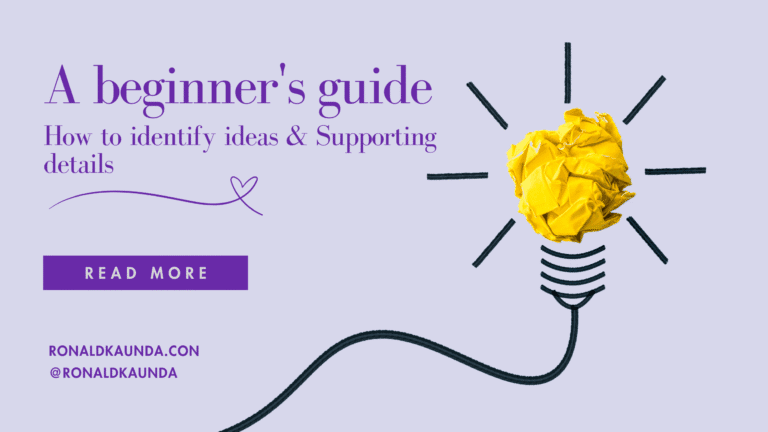
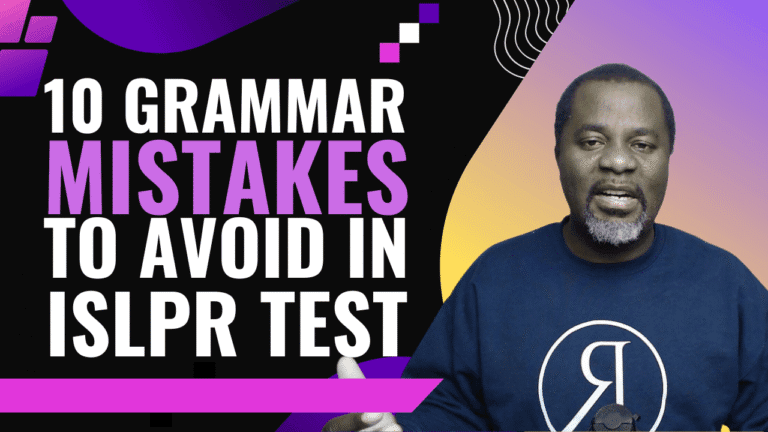
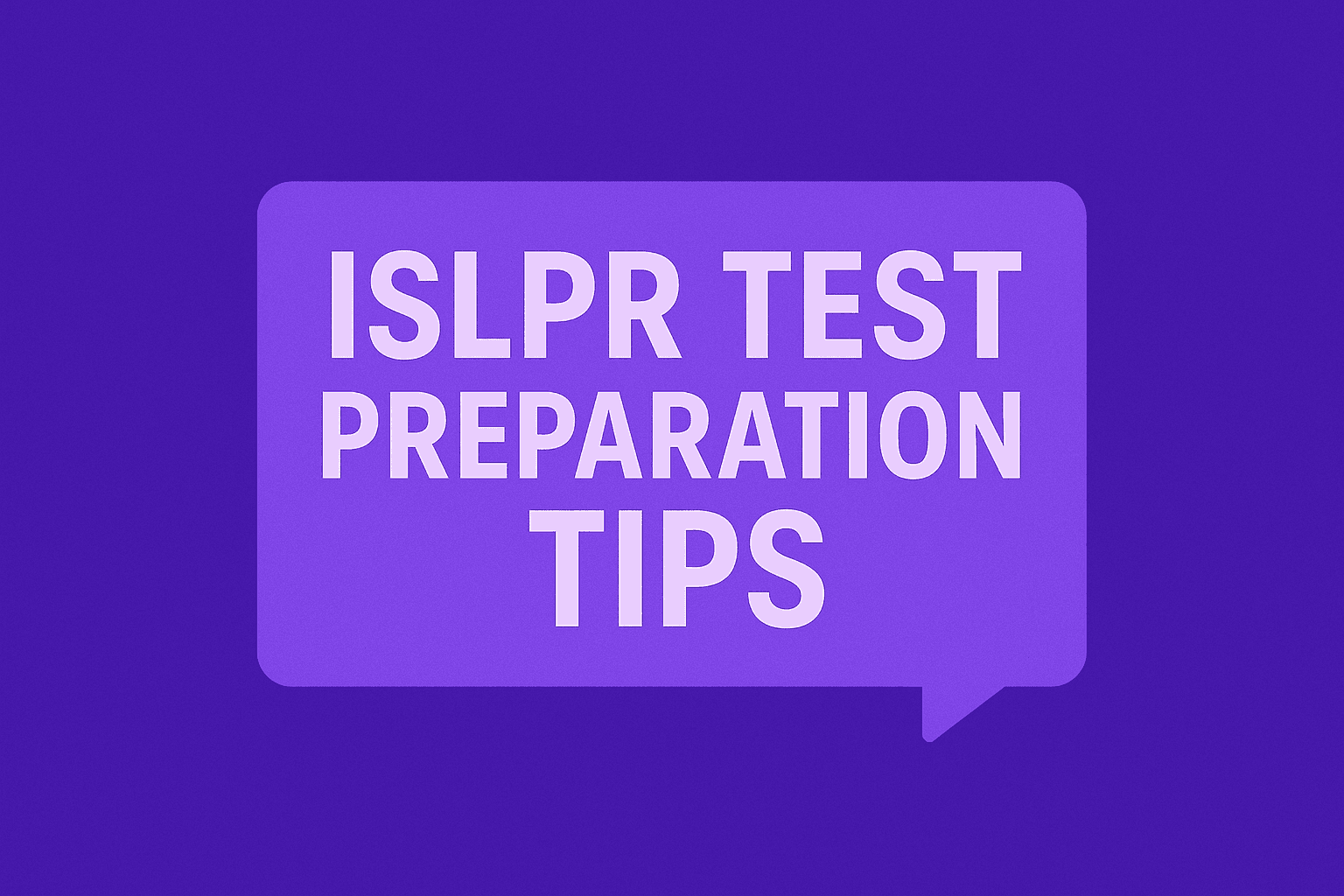

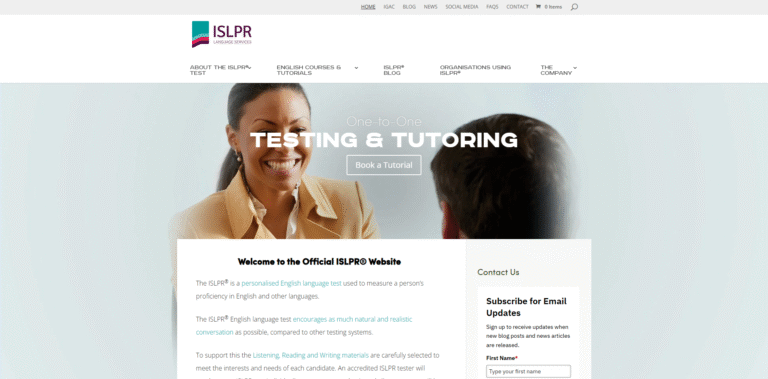

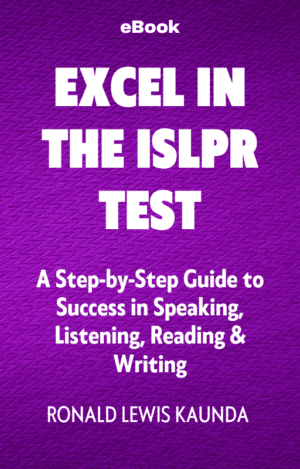 Excel in the ISLPR Test
Excel in the ISLPR Test